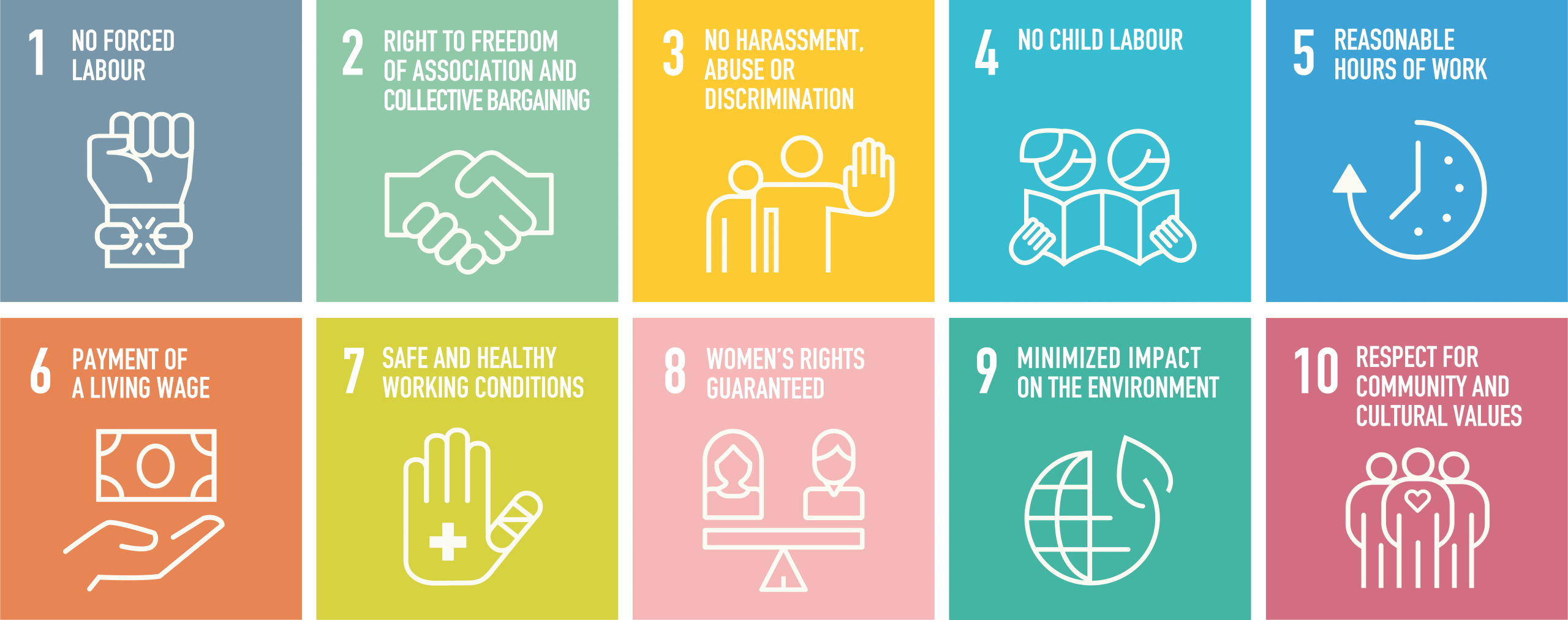Introduction
Conducting a fashion sustainability audit is a comprehensive process that evaluates a brand’s environmental, social, and economic impacts throughout its supply chain and product lifecycle. This audit aims to identify areas for improvement, ensure compliance with sustainability standards, and enhance transparency and accountability.
- Define the Scope and Objectives
Begin by establishing the scope of the audit. Decide whether it will encompass the entire brand, specific product lines, or particular supply chain segments. Set clear objectives, such as reducing carbon emissions, improving labor conditions, or enhancing material sourcing practices.
- Engage Stakeholders
Involve key stakeholders, including employees, suppliers, and customers, in the audit process. Their insights can provide valuable perspectives on current practices and areas needing attention. Engaging stakeholders fosters a culture of sustainability and ensures that the audit addresses relevant concerns.
- Assess Environmental Impact
Evaluate the brand’s environmental footprint by examining:
- Material Sourcing: Assess the sustainability of raw materials, considering factors like organic certification (e.g., GOTS) and resource usage.
- Production Processes: Examine energy consumption, water usage, and waste management practices in manufacturing facilities.
- Transportation and Distribution: Analyze the carbon footprint associated with logistics and packaging.
- End-of-Life Management: Evaluate take-back programs, recycling initiatives, and garment lifespan.
- Evaluate Social and Ethical Practices
Examine labor conditions and ethical standards by reviewing:
- Fair Wages and Benefits: Ensure compliance with fair compensation practices and legal requirements
- Health and Safety: Assess workplace safety measures and employee well-being.
- Worker Rights: Verify adherence to labor rights, including freedom of association and non-discrimination policies
- Supply Chain Transparency: Utilize tools like the Higg Index to assess social compliance and identify areas for improvement.
- Analyze Economic Sustainability
Review the brand’s economic practices by considering:
- Cost Efficiency: Evaluate the financial implications of sustainable practices and their impact on profitability.
- Market Demand: Assess consumer interest in sustainable products and their willingness to pay a premium.
- Long-Term Viability: Consider the scalability and adaptability of sustainable practices in the face of market changes.
- Identify Gaps and Opportunities
Based on the assessments, identify areas where the brand excels and areas needing improvement. Look for opportunities to enhance sustainability, such as adopting circular fashion models, improving supply chain transparency, or investing in eco-friendly technologies
- Set SMART Goals
Establish Specific, Measurable, Achievable, Relevant, and Time-bound (SMART) goals to address identified gaps. For example, aim to reduce carbon emissions by 20% within the next three years or achieve zero waste to landfill by a specific date. Arowana
- Develop an Action Plan
Create a detailed action plan outlining the steps needed to achieve the set goals. Include timelines, responsible parties, required resources, and performance indicators.
- Implement Changes
Execute the action plan by integrating sustainable practices into daily operations. Provide training and resources to employees and suppliers to support the transition.
- Monitor and Report Progress
Regularly track progress toward sustainability goals using key performance indicators (KPIs). Communicate progress transparently to stakeholders through reports and updates.
